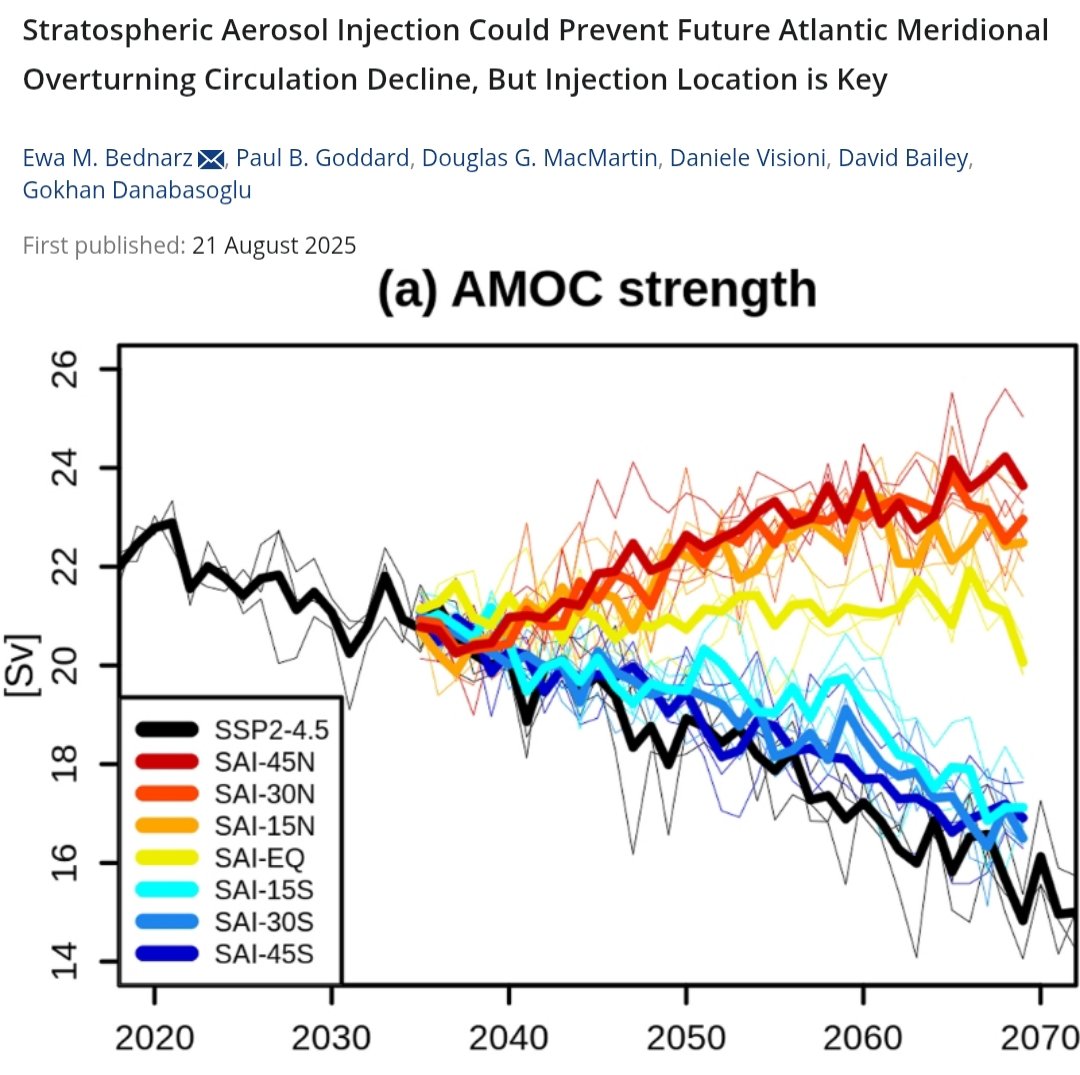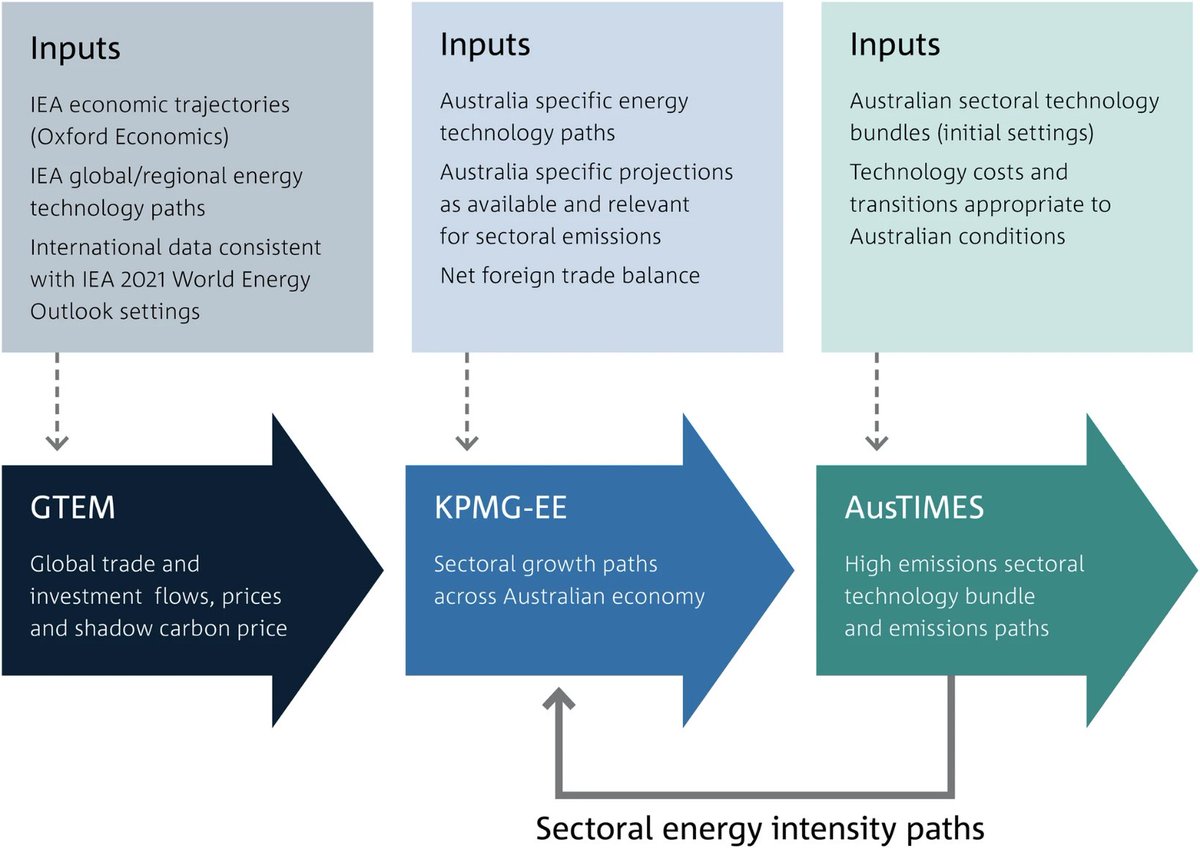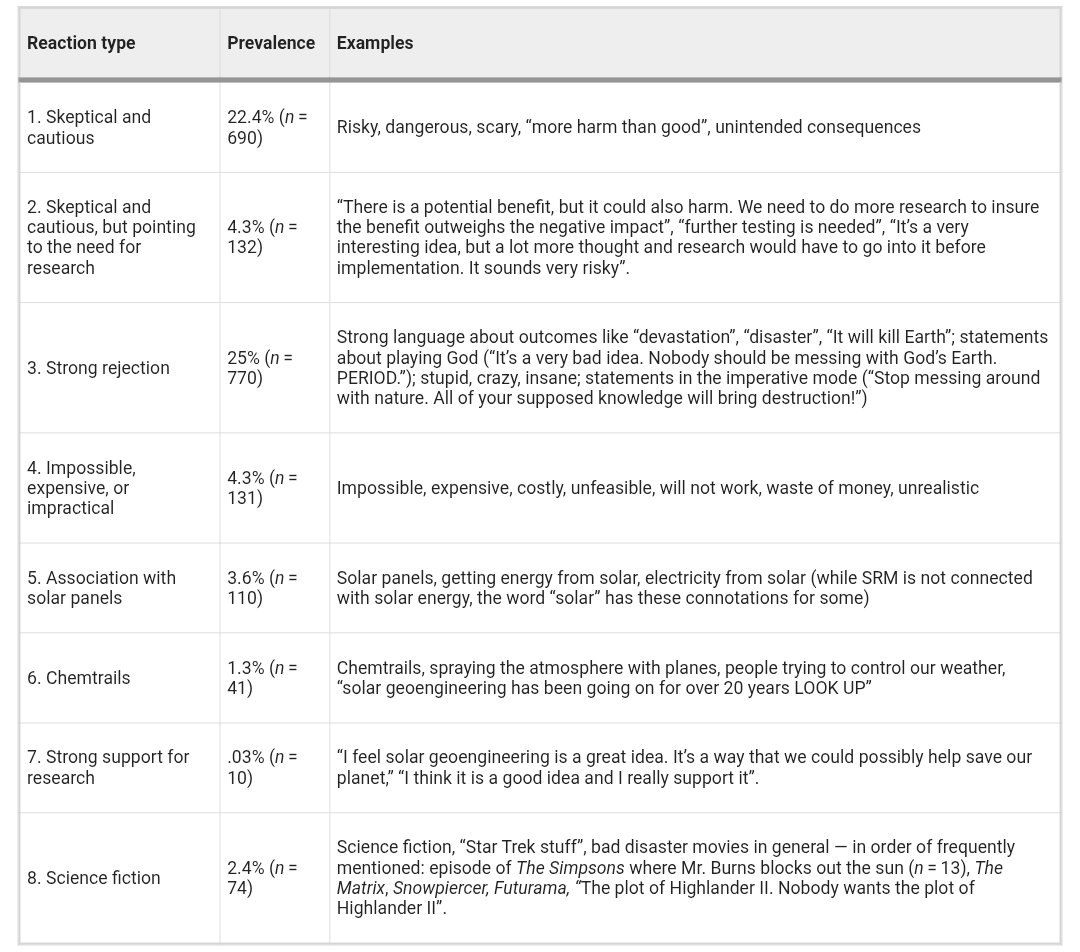🚨In a new study published in @OneEarth_CP, researchers reveal that human land activities have stripped away roughly 24% of terrestrial carbon stocks (equivalent to 344 billion metric tons of C), underscoring an urgent need to reframe land-use & climate policy.
Details🧵1/10
Details🧵1/10

2/ Plants + soils store more carbon than the atmosphere + all fossil reserves combined.
But farming, grazing, and forest use have stripped away this natural shield, turning land from a carbon bank into a carbon source.
But farming, grazing, and forest use have stripped away this natural shield, turning land from a carbon bank into a carbon source.
3/ Researchers call this loss the terrestrial carbon deficit - the gap between what ecosystems could hold (‘potential’) vs. what they actually hold (‘actual’).
The shortfall? 344 PgC (24% of natural stocks).
The shortfall? 344 PgC (24% of natural stocks).

4/ Biggest vegetation carbon deficits:
—Subtropics & temperate zones outside rainforests.
Largest soil carbon deficits:
—Temperate & boreal regions
China, Brazil, Europe, and the US emerge as hotspots

—Subtropics & temperate zones outside rainforests.
Largest soil carbon deficits:
—Temperate & boreal regions
China, Brazil, Europe, and the US emerge as hotspots


5/ Major drivers include:
— Pasture expansion (≈30%)
— Cropland expansion (≈24%)
— Forest management (≈23%)
These land-use changes disrupt carbon retention by reducing both biomass and soil organic carbon (SOC).
— Pasture expansion (≈30%)
— Cropland expansion (≈24%)
— Forest management (≈23%)
These land-use changes disrupt carbon retention by reducing both biomass and soil organic carbon (SOC).

6/ According to this study, Dynamic Global Vegetation Models (DGVMs) underestimate this deficit by an average of 37%, ranging from 2% to as much as 58%.
This suggests a widespread underappreciation of the scale of carbon loss in current modelling frameworks.
This suggests a widespread underappreciation of the scale of carbon loss in current modelling frameworks.

7/ Researchers concluded that, the terrestrial C deficit (~344 PgC) ≈ 70% of all fossil fuel emissions since 1750.
Addressing this “hidden debt” requires aligning emission cuts with large-scale ecosystem restoration & better integration of land-use science into climate models.
Addressing this “hidden debt” requires aligning emission cuts with large-scale ecosystem restoration & better integration of land-use science into climate models.
8/ For more details, read the study entitled "Humans have depleted global terrestrial carbon stocks by a quarter" here:
#CarbonSink #CarbonBudgetsciencedirect.com/science/articl…
#CarbonSink #CarbonBudgetsciencedirect.com/science/articl…
9/ Here’s the short explainer of this paper’s findings:
You can also listen to the discussion on this paper here:
youtu.be/g5YWI698dV4?si…
Or here:
open.spotify.com/episode/15EMxm…
🧵10/10 #CarbonStock #CarbonSink
youtu.be/g5YWI698dV4?si…
Or here:
open.spotify.com/episode/15EMxm…
🧵10/10 #CarbonStock #CarbonSink
"Unroll" @threadreaderapp
• • •
Missing some Tweet in this thread? You can try to
force a refresh














